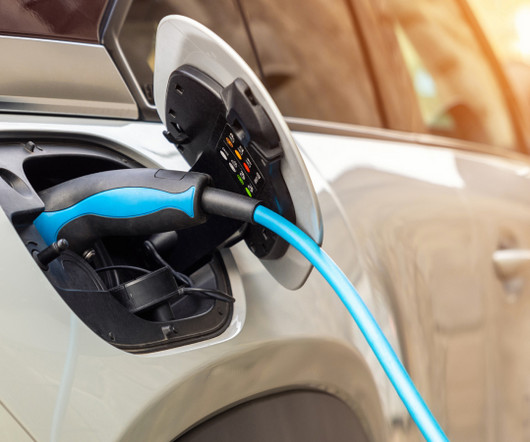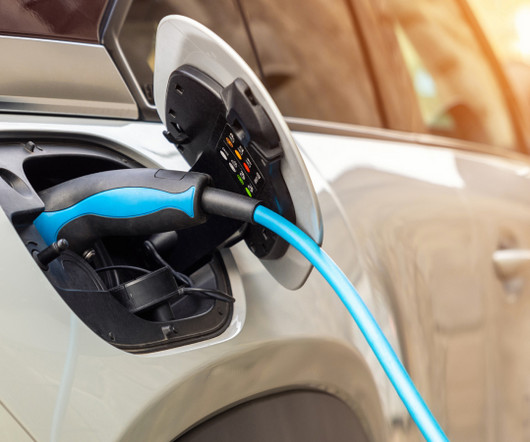EPA and White House Set Revised CO2 Targets for Automakers
QAD
APRIL 18, 2024
Complex dynamics shape the global automotive industry’s transition towards battery electric vehicles (BEVs). This deliberation highlights the acute pressure original equipment manufacturers (OEMs) face in meeting near-term objectives, particularly those for 2026, deemed pivotal in the transition towards battery electric vehicles (BEVs).

















Let's personalize your content